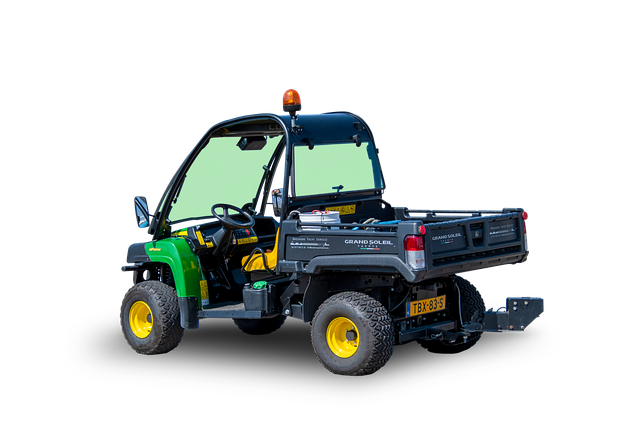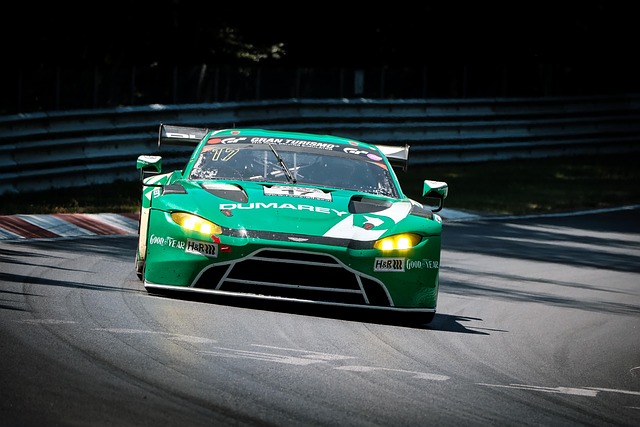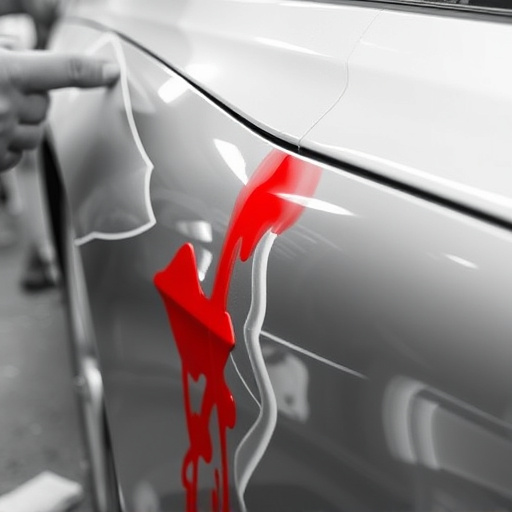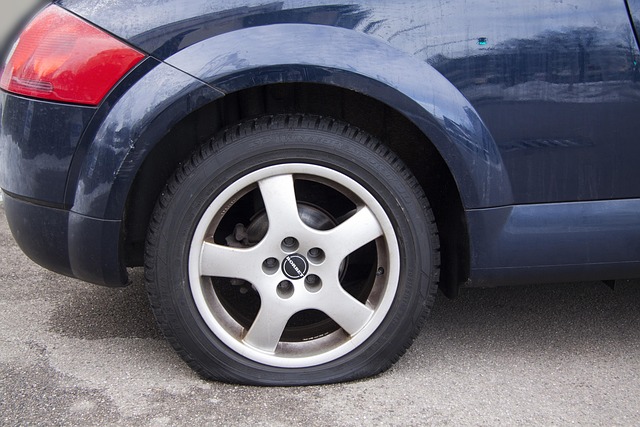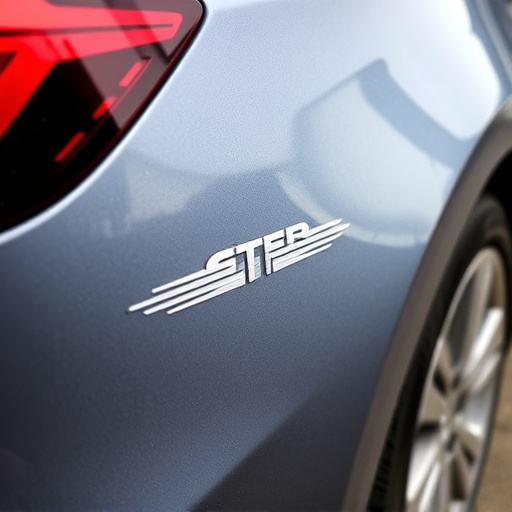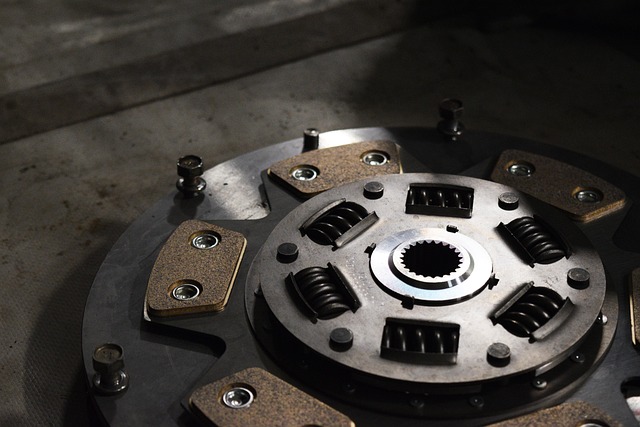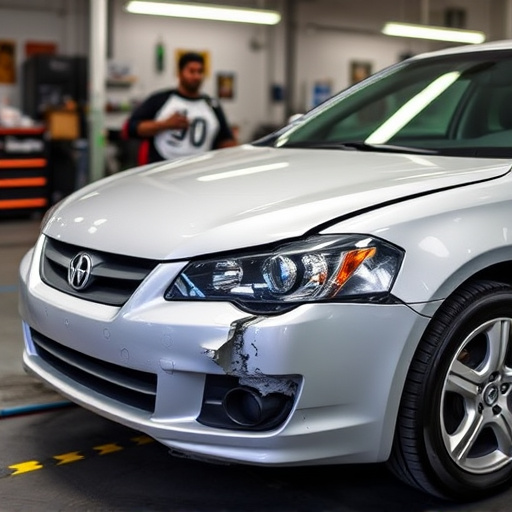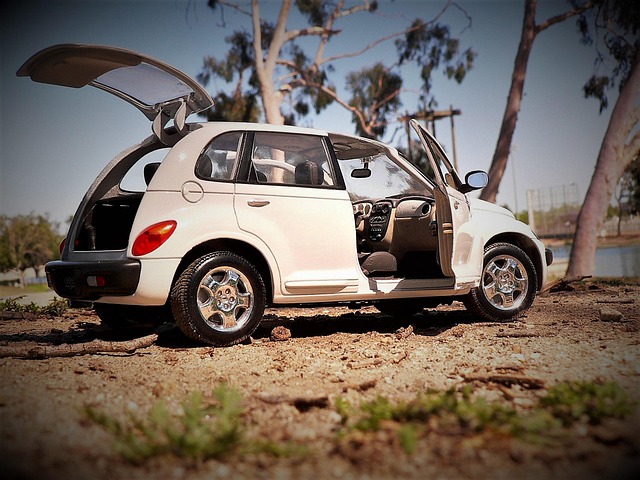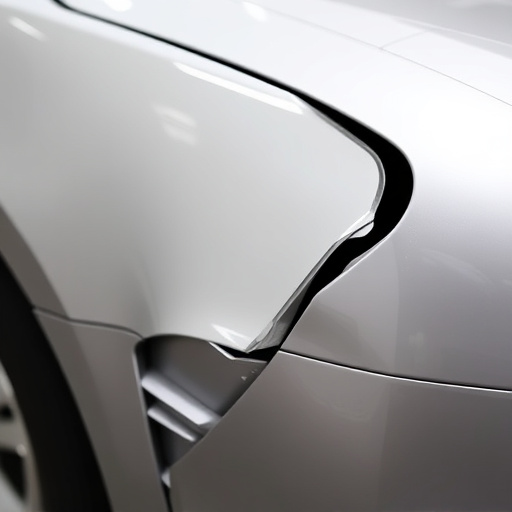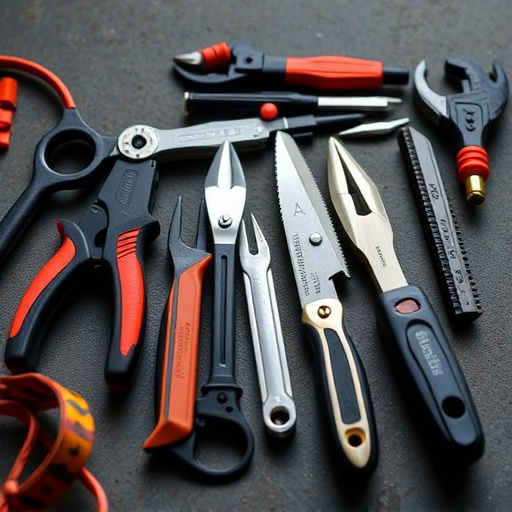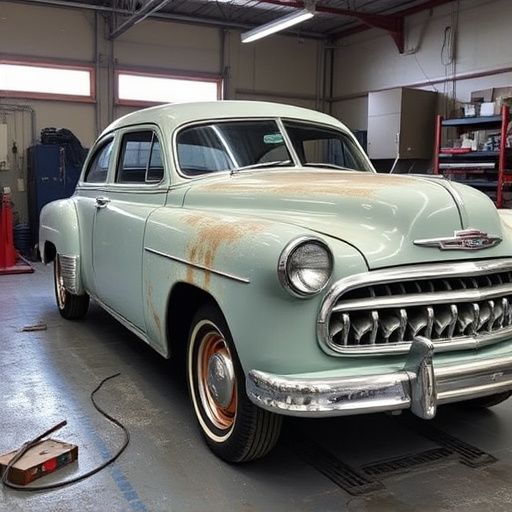Paintless Dent Repair (PDR) is a game-changer for car dealerships, offering a strategic way to streamline operations and boost customer satisfaction. By integrating PDR, dealerships can reduce repair times, enhance service quality, and improve efficiency. This involves training staff, adopting specialized tools and technology, optimizing scheduling, and communicating the benefits to customers. Measuring success through KPIs like customer satisfaction and repair turnaround times allows for continuous process improvement, enabling dealerships to offer faster, more convenient repairs and stay competitive in the market.
In today’s competitive automotive landscape, efficient dealership workflows are key to success. Integrating Paintless Dent Repair (PDR) into operations offers a game-changer for car dealerships. This non-invasive technique streamlines damage repair, reducing costs and service times.
This article explores the benefits of PDR for dealerships, providing a step-by-step guide to seamless integration and strategies to optimize post-PDR operations, ensuring a smooth transition and enhanced customer satisfaction.
- Understanding PDR (Paintless Dent Repair) and its Benefits for Dealerships
- Integrating PDR into Dealership Workflow: A Step-by-Step Guide
- Measuring Success: Strategies for Optimizing Post-PDR Operations
Understanding PDR (Paintless Dent Repair) and its Benefits for Dealerships
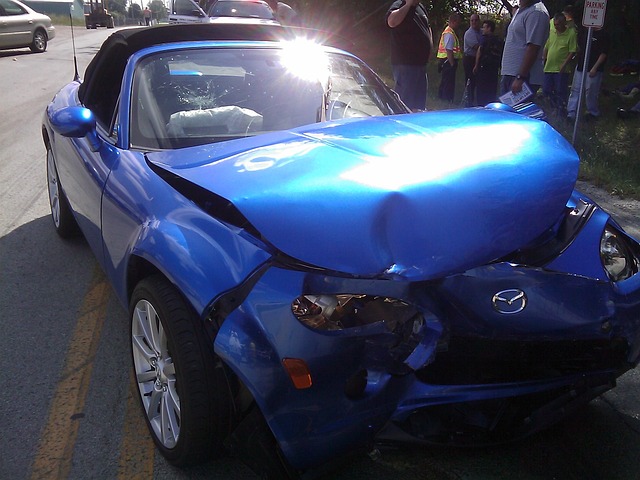
Paintless Dent Repair (PDR) is a cutting-edge technique revolutionizing auto body work. Unlike traditional methods that involve sanding and repainting, PDR specialists use specialized tools to gently remove dents from vehicle surfaces without damaging the paint or causing additional stress to the car’s body. This non-invasive approach not only preserves the original factory finish but also significantly reduces repair times compared to conventional auto body work.
For dealerships, integrating PDR offers numerous benefits. It streamlines workflow by eliminating the need for lengthy dry times associated with painting processes, thereby increasing shop efficiency and reducing overhead costs. Furthermore, PDR’s ability to restore vehicles to their pre-accident condition enhances customer satisfaction and fosters loyalty, positioning dealerships as leaders in providing top-quality service. By adopting PDR for car dealerships, businesses can stay competitive, meet growing consumer demands for faster repairs, and optimize their overall operations.
Integrating PDR into Dealership Workflow: A Step-by-Step Guide

Integrating PDR (Paintless Dent Repair) into a dealership workflow is a strategic move that streamlines operations and enhances customer satisfaction. Here’s a straightforward, step-by-step guide to get you started:
1. Assess Current Processes: Begin by understanding your existing processes, from estimate generation to final delivery. Identify pain points, inefficiencies, and areas where PDR can make an immediate impact, such as speeding up minor repair times.
2. Train Your Team: Equip your staff with the knowledge they need to perform PDR effectively. This includes training on PDR techniques specific to various vehicle makes and models, including Mercedes Benz repairs for those dealing with a collision center. Skilled technicians are key to successful integration.
3. Implement PDR Tools and Technology: Choose the right PDR tools tailored to your dealership’s needs. Modern systems offer digital estimate creation, inventory management, and job scheduling capabilities. These tools integrate seamlessly with existing software, ensuring a smooth transition.
4. Optimize Scheduling: Repurpose resources by allocating dedicated time slots for PDR services alongside traditional collision repair center procedures. This balanced approach ensures steady work flow and minimizes downtime.
5. Communicate Changes: Inform customers about the new PDR offerings through marketing materials, website updates, and in-person announcements. Highlight the benefits of faster, less invasive repairs to attract and retain clients.
Measuring Success: Strategies for Optimizing Post-PDR Operations

Measuring success is a vital step in optimizing post-PDR (Paintless Dent Repair) operations for car dealerships. By implementing robust metrics and tracking key performance indicators (KPIs), dealership owners can gain valuable insights into the efficiency of their PDR integration. Focus on analyzing customer satisfaction scores, repair turnaround times, and the reduction in labor costs associated with dent repairs. These strategies will help identify areas where processes can be further streamlined and enhanced.
For instance, a Mercedes-Benz dealership integrating PDR technology may aim to reduce the average time for auto dent repair while maintaining high-quality standards. An automotive body shop that efficiently manages its PDR operations can then allocate resources more effectively, potentially expanding services or improving customer retention through faster, more convenient repairs.
By seamlessly integrating Paintless Dent Repair (PDR) into their workflow, car dealerships can significantly optimize operations and enhance customer satisfaction. This article has provided a comprehensive guide, from understanding PDR’s benefits to implementing the process step-by-step, and measuring success post-integration. Embracing PDR as a game-changer for vehicle damage repair enables dealerships to streamline processes, reduce costs, and offer faster turnarounds, ultimately positioning them as leaders in the industry with improved efficiency and customer retention.
